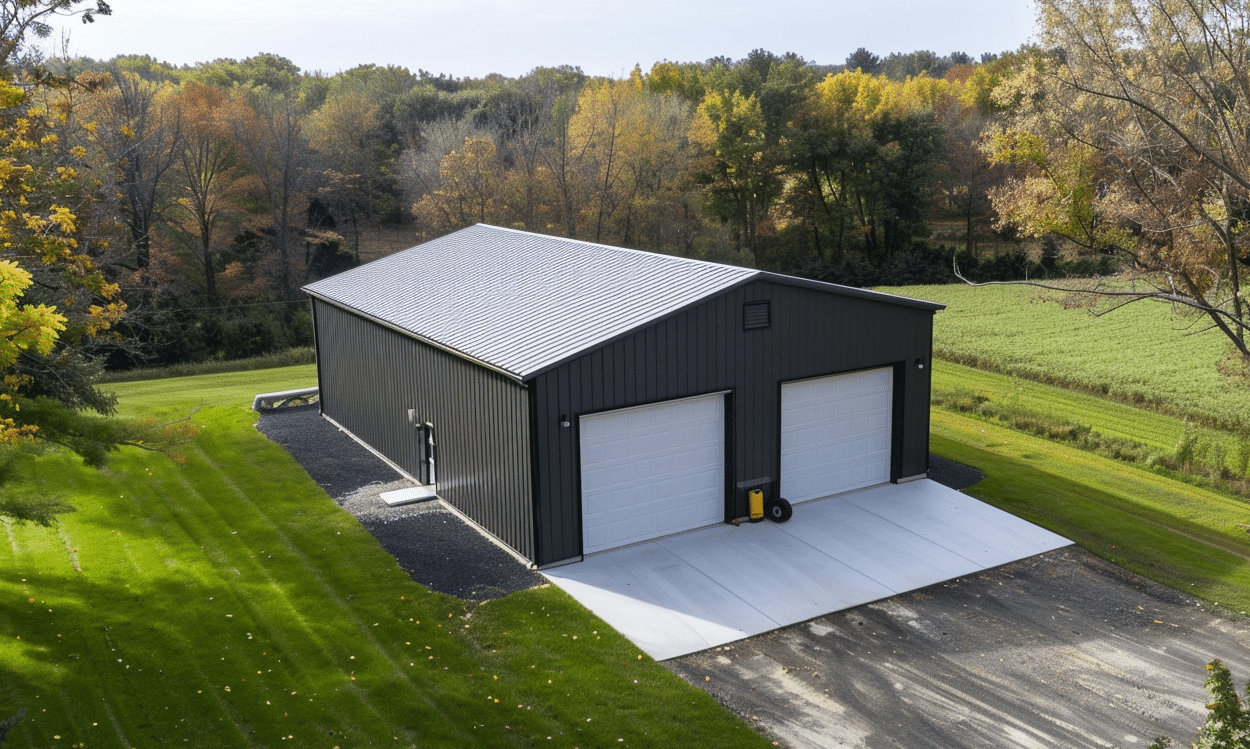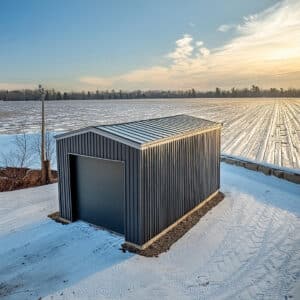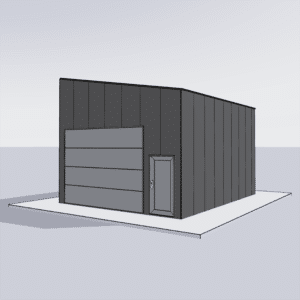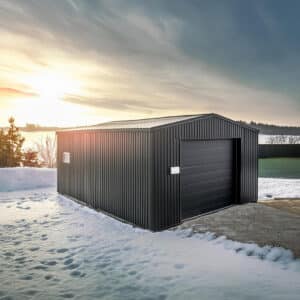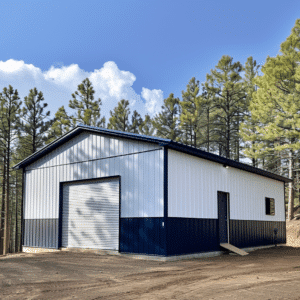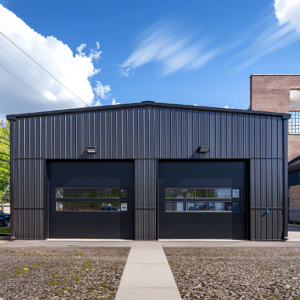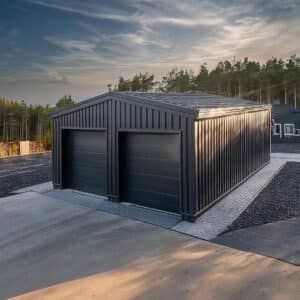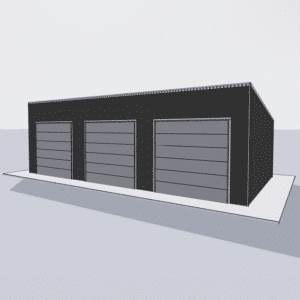In the world of residential construction, the debate between steel and wood as building materials is as old as time. Both materials have their unique strengths and weaknesses, but which is the best choice for your home? This question is crucial for homeowners who want to make informed decisions about their investment. As we dive into this discussion, let’s explore the factors that can help you determine whether steel or wood is the superior option for your residential project.
The Strengths of Steel
Steel has been a preferred choice in commercial construction for decades due to its exceptional strength and durability. But how does it fare in residential settings?
Durability and Longevity
One of the most compelling reasons to choose steel over wood is its durability. Steel structures are resistant to many of the issues that plague wooden buildings, such as termites, rot, and warping. This resistance translates into longer-lasting homes with fewer maintenance concerns over time.

Fire Resistance
Steel’s non-combustible nature gives it an edge in fire safety. Unlike wood, which can easily catch fire and contribute to a blaze, steel can withstand high temperatures without compromising structural integrity. This quality makes it an attractive option for those living in areas prone to wildfires.
Sustainability
In terms of environmental impact, steel can be recycled indefinitely without losing its properties. This characteristic makes it a sustainable choice compared to wood, which requires cutting down trees—a practice that contributes to deforestation if not managed responsibly.
The Appeal of Wood
Despite steel’s advantages, wood remains a popular choice for residential construction. Let’s explore why many homeowners still opt for this traditional material.
Aesthetic Appeal
Wood offers a natural warmth and charm that many people find appealing in their homes. Its versatility allows for various finishes and styles that can complement any design aesthetic—from rustic cabins to modern minimalist homes.
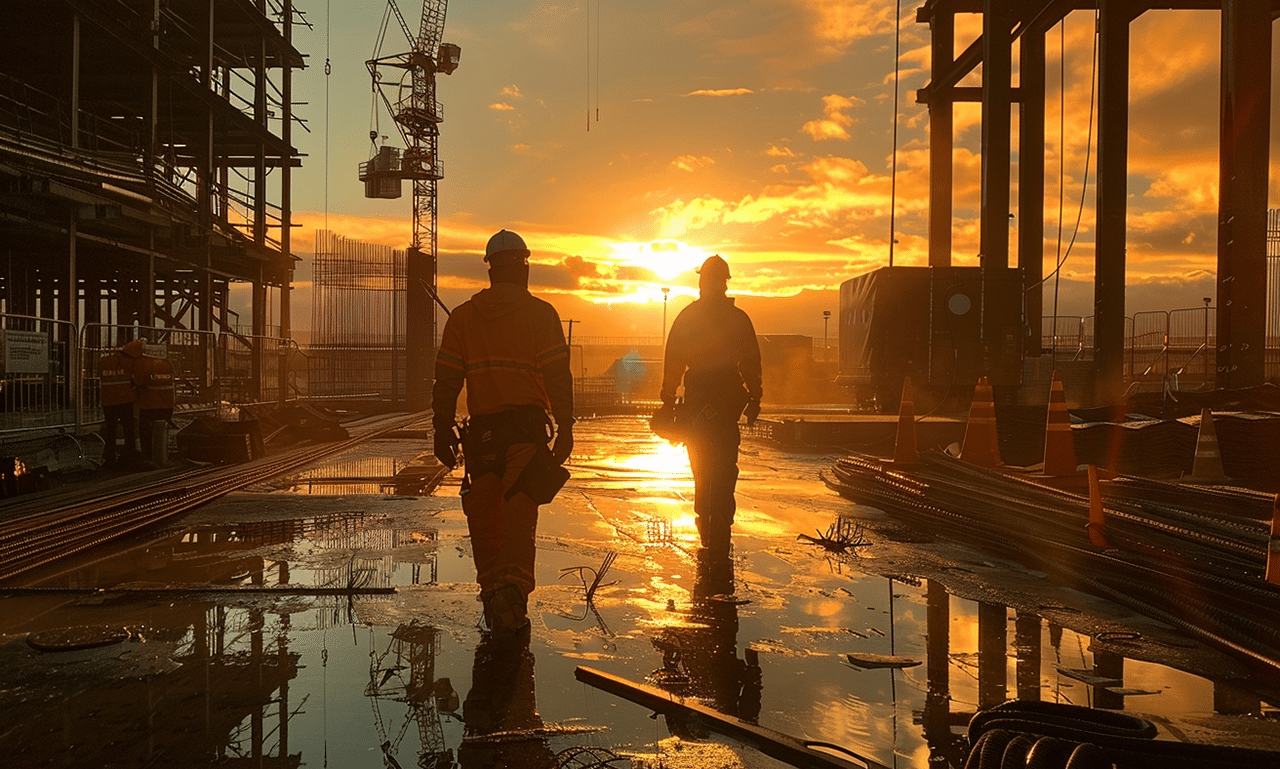
Insulation Properties
Wood naturally provides better insulation compared to steel, helping maintain comfortable indoor temperatures with less energy consumption. This property can lead to lower heating and cooling costs over time—a significant consideration for eco-conscious homeowners.
Ease of Construction
Working with wood is generally more straightforward than working with steel due to its lightweight nature and ease of modification on-site. For builders accustomed to traditional methods, constructing with wood may result in faster completion times and potentially lower labor costs.
Comparative Costs: Steel vs. Wood
When considering “steel vs. wood which is more cost-effective,” it’s essential to look beyond initial expenses:
– **Initial Costs:** Wood tends to be cheaper upfront compared to steel.
– **Maintenance Costs:** Steel usually incurs lower maintenance costs over time due to its durability.
– **Long-Term Value:** The longevity of steel structures often results in better long-term value despite higher initial investments.
Ultimately, your budget will play a pivotal role in deciding between these two materials—but remember that immediate savings might not always equate long-term financial benefits.

Choosing Based on Location & Climate Considerations
Another factor influencing whether you should choose Residential Steel Building Design or stick with timber lies within local climate conditions:
– **Humid Climates:** In areas prone towards moisture accumulation (which leads towards rotting), opting out from wooden constructions could save future headaches.
– **Seismic Zones:** For those residing near fault lines where earthquakes occur frequently—steel’s flexibility under stress makes them preferable compared against rigid timber frames reducing potential damage risks significantly!
For personalized guidance tailored specifically around these factors consider consulting experts offering Residential Construction Solutions.
Conclusion: Making Your Decision Count!
Deciding between using either material ultimately boils down weighing pros cons each against personal preferences needs well environmental considerations too! While some might lean heavily towards aesthetics warmth provided by natural elements others prioritize safety sustainability offered by modern alternatives like metals instead!
To further aid decision-making process exploring Canadian Sheet Steel Building Institute resources () could provide invaluable insights regarding latest advancements trends industry-wide ensuring choices made today remain relevant tomorrow too!
Whether leaning towards designing durable residential steels from scratch () exploring diverse array metal home options available today () there’s never been better time start planning dream abode backed solid foundation knowledge expertise alike!


